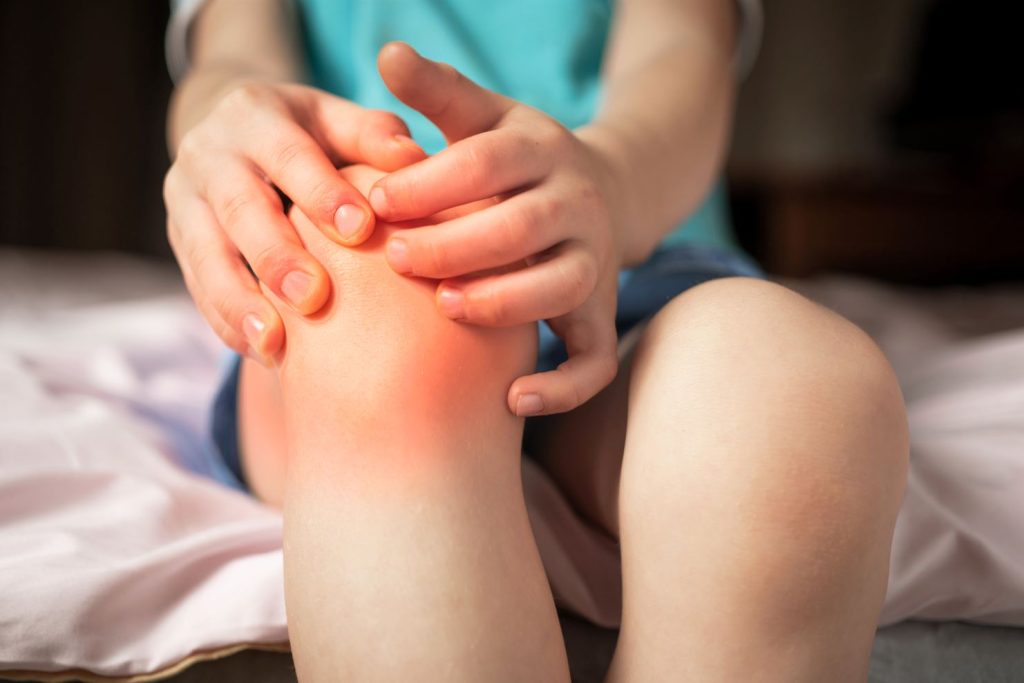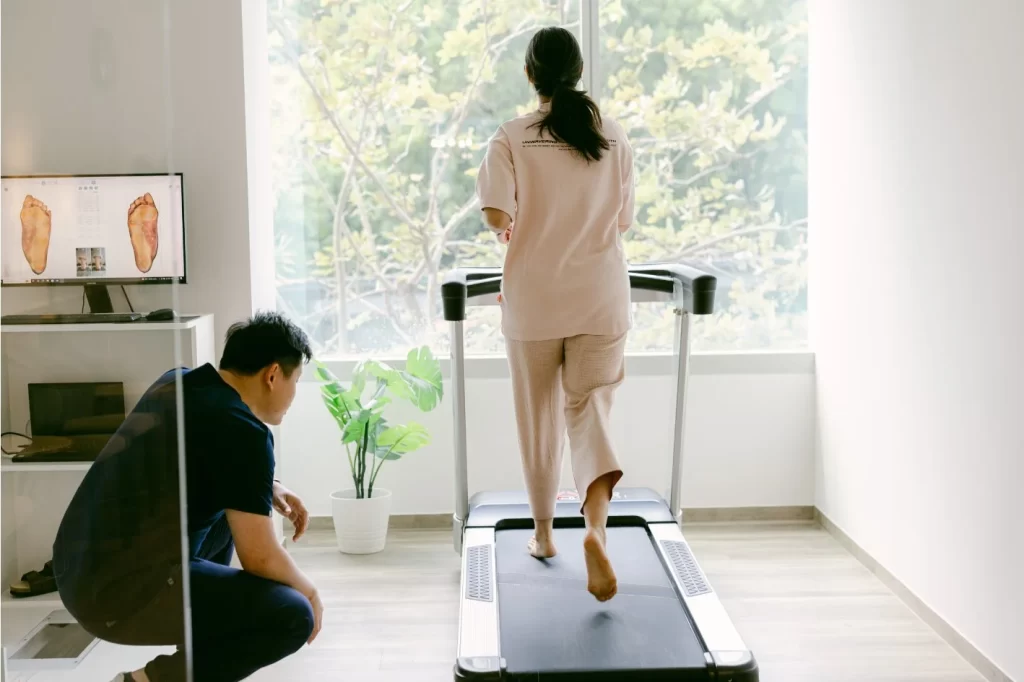What is osteochondrosis?
Osteochondrosis is a group of medical disorders affecting the growth and development of bone and cartilage in young children and adolescents. It can affect any joints of a developing child but are most common in the hip, knee, ankle, and foot. Osteochondrosis can cause significant pain and affect the child’s ability to walk.
Causes
The currently available studies cannot explain the exact cause of osteochondrosis. However, theories suggest it may involve genetic, biomechanical, environmental, and vascular factors:
- Genetics: It is possible that osteochondrosis can pass down from family members.
- Biomechanical: Abnormal foot posture or gait pattern can increase bone and joint stress.
- Environmental: Repetitive trauma during physical activities or poor footwear may increase the risk of damaging the bones and joints.
- Vascular: Disruption of blood supply to bones, joints, or growth plates can cause them to weaken.
Need Help? See A Podiatrist Today
Types of Osteochondrosis
There are several types of osteochondrosis we commonly see that affect the lower extremities, including:
- Sever’s Disease: An inflammation affecting the growth plate in the heel, causing heel pain in children aged 8-14 years.
- Freiberg’s Disease: The destruction and flattening of the second metatarsal head in the foot, causing second toe pain, mostly in adolescents aged 12-15 years.
- Iselin’s Disease: An inflammation affecting the growth plate of the fifth metatarsal bone, causing outer foot pain in children aged 8-14 years.
- Köhler’s Disease: Avascular necrosis of the navicular bone in the foot, causing significant midfoot pain and swelling in children aged 3-7 years.
- Osgood-Schlatter Disease: Inflammation of the tibial tuberosity just below the knee, causing knee pain and a “bony lump” in adolescents aged 10-15 years.

Symptoms
The typical symptoms of osteochondrosis are similar between each type and mainly differ in the affected location. Symptoms include:
- Pain and tenderness in the affected area
- Pain that usually worsens or occurs after physical activity
- Redness and swelling may be present
- Stiffness and limited mobility of the affected joint
- A bony lump or protrusion may be present
Diagnosis
A thorough physical examination and the patient’s medical history are essential in diagnosing osteochondrosis, as other musculoskeletal conditions cause pains in these joints. Often, a diagnostic imaging tool may be necessary as well, and they include:
- Ultrasound: To rule out any tendon, ligament or soft tissue disorders, as well as to investigate the blood supply in the area
- X-rays: To detect any abnormality in the bone and joint structure
- Magnetic Resonance Imaging (MRI): Rarely necessary, but it gives a complete visualisation of the affected area’s bone, joint and soft tissues.
Sometimes, if we suspect an underlying systemic condition, we may refer your child to a medical practitioner for a blood test.
Treatment of Osteochondrosis in Singapore
The goal of osteochondrosis treatment is to promote proper bone and cartilage growth and to allow the child to continue normal daily activities. Therefore, we recommend managing the symptoms and the underlying cause of osteochondrosis for the best result. Depending on the specific condition and severity, we may recommend the following:
- Rest and limiting physical activity: Reducing activity is necessary to reduce stress on bones and joints.
- Over-the-counter medication: Some anti-inflammatory drugs may help, but you should see a medical professional before taking them.
- Ice: Icing the affected area can reduce swelling and discomfort.
- Custom orthotics: Custom insoles aim to improve biomechanics and alleviate bone and joint stress.
- Physical therapy: A structured rehabilitation program can help improve the child’s strength and mobility.
- Immobilisation: A walking boot or brace may be necessary for cases with severe pain and disability
Prevention
It can be challenging to completely prevent osteochondrosis from occurring. However, there are essential steps that parents can take to help minimise the risk of occurrence, which include:
- Maintain a healthy weight and diet to reduce excessive load on bones and joints.
- Refrain from letting your child participate in extreme sports that are inappropriate for their age.
- Wear supportive footwear suitable for the child’s foot type.
- Seek medical attention promptly if your child complains of pain after physical activities.
- Consult with a podiatrist if you suspect your child has unusual foot posture or gait pattern
Prognosis
Conclusion
Share this with someone you know





